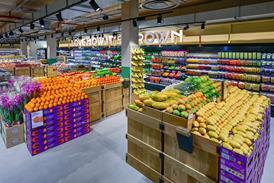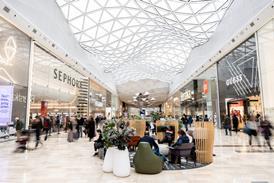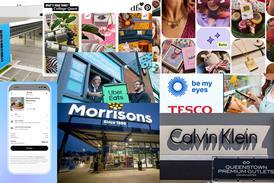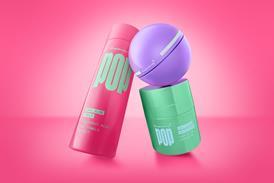Analysis: Back to full health – what would Boots need from a new owner?

While Boots’ strategy has led to the growth of certain categories over the pandemic, some areas of the business are suffering due to underinvestment. Retail Week examines what a potential new owner of the retailer would need to focus on in order to bring Boots back to full health.
When the news broke that Walgreen Boots Alliance (WBA) was pondering potential options around its ownership of Boots this week, the prospect of the iconic British brand being placed on the market was surely an enticing prospect for many.
Reports of a potential sale or separate listing also arrived at a time of substantial interest from private equity firms in UK businesses, as was evident from the acquisitions of grocers Asda and Morrisons this year. Boots’ rival Lloyds Pharmacy was also acquired by private equity firm Aurelius last month for £477m.
Already have an account? Sign in here



















